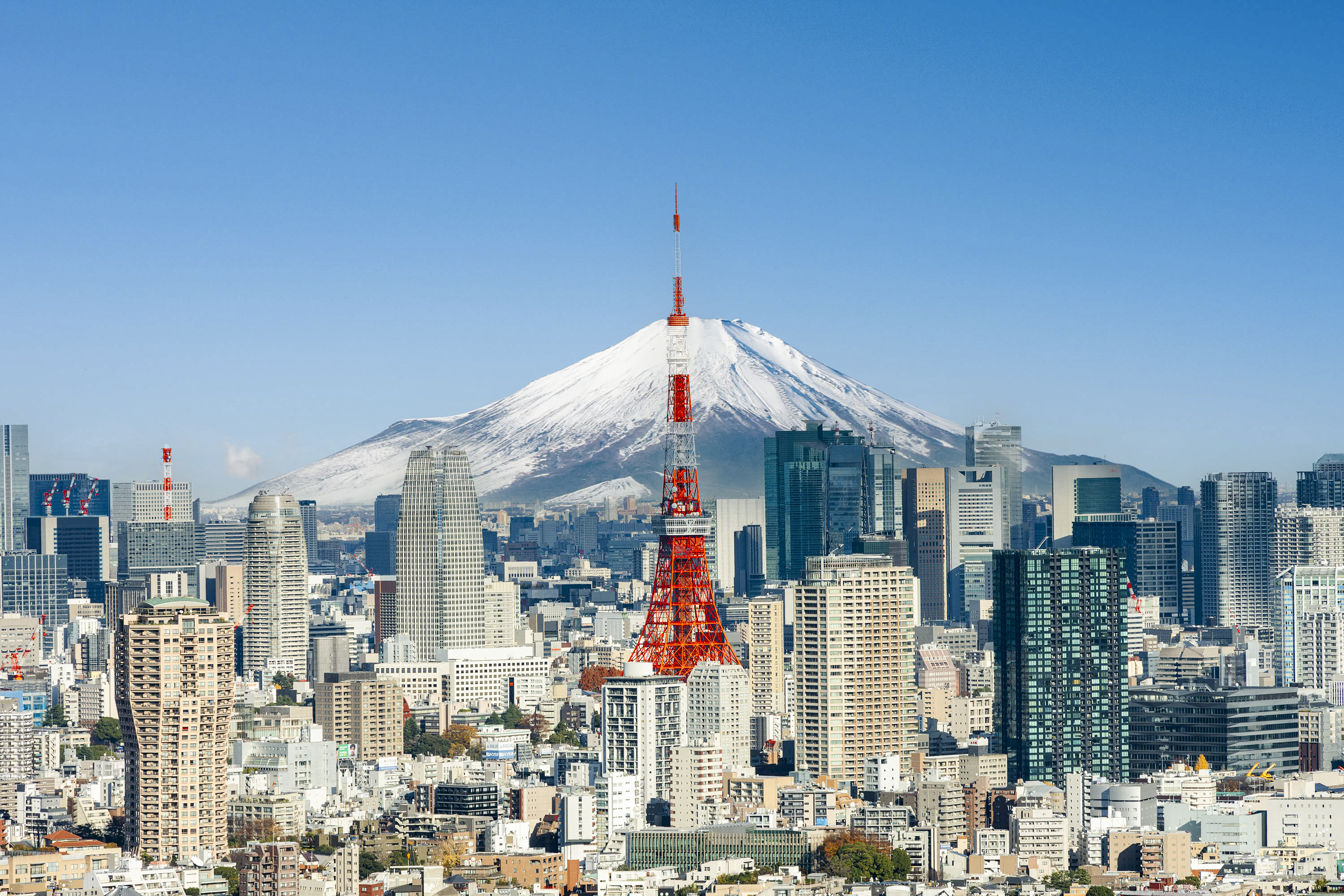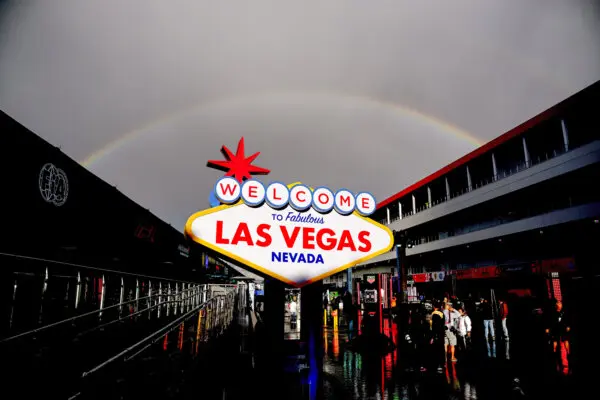I absolutely guarantee it: You’ve never visited a place like Tokyo. A place that honors and preserves the past while also being an almost unimaginably massive metropolis that presents a technicolor vision of the future.
And whether you’re seeking culinary or cultural experiences—or just looking to feel the rush of the crush of pedestrians at Shibuya—Japan’s capital doesn’t disappoint. You could spend a whole year and not even scratch the surface. But if you only have 24 hours? Here’s what we recommend for a very busy but ultimately satisfying one-day adventure.

Arrival
When you fly in, Tokyo offers two options. Narita International Airport (NRT) sits about 37 miles east of the city and is Japan’s busiest airport for international passengers. Haneda Airport (HND) is closer to the action, just over nine miles south of Tokyo Station, and is the country’s busiest in terms of aircraft movement. Both receive direct flights on major carriers from around the world and across North America.
You’ll have easy options from each one to get into town. The fastest from NRT is the JR Narita Express train, which connects the airport with Tokyo’s central station in about 55 minutes. A one-way ticket will set you back about $20.
From HND, you have a number of ways to reach Tokyo Station, including hopping on the monorail (which was built for the 1964 Olympic Games), a trip that should take about half an hour. The cost is very minimal—a ticket won’t be more than five dollars.










